Related Research Articles

Edwin Austin Abbey was an American muralist, illustrator, and painter. He flourished at the beginning of what is now referred to as the "golden age" of illustration, and is best known for his drawings and paintings of Shakespearean and Victorian subjects, as well as for his painting of Edward VII's coronation. His most famous set of murals, The Quest and Achievement of the Holy Grail, adorns the Boston Public Library.

Modernism was an early 20th-century movement in literature, visual arts, and music that emphasized experimentation, abstraction, and subjective experience. Philosophy, politics, architecture, and social issues were all aspects of this movement. Modernism centered around beliefs in a "growing alienation" from prevailing "morality, optimism, and convention" and a desire to change how "human beings in a society interact and live together".

Walter David Jones CH was a British painter and modernist poet. As a painter he worked mainly in watercolour on portraits and animal, landscape, legendary and religious subjects. He was also a wood-engraver and inscription painter. In 1965, Kenneth Clark took him to be the best living British painter, while both T. S. Eliot and W. H. Auden put his poetry among the best written in their century. Jones's work gains form from his Christian faith and Welsh heritage.

Percy Wyndham Lewis was a British writer, painter and critic. He was a co-founder of the Vorticist movement in art and edited BLAST, the literary magazine of the Vorticists.
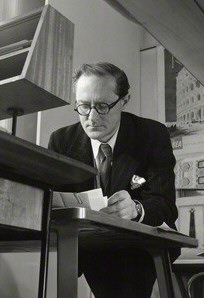
Sir Hugh Maxwell Casson was a British architect, also active as an interior designer, an artist, and a writer and broadcaster on twentieth-century design. He was the director of architecture for the 1951 Festival of Britain. From 1976 to 1984, he was president of the Royal Academy.
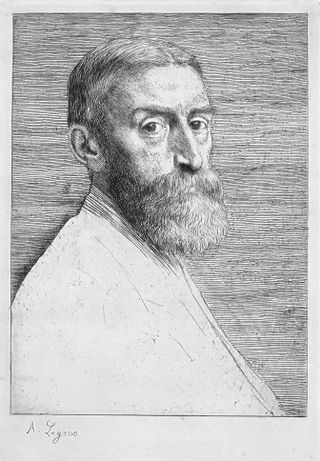
Sir Edward John Poynter, 1st Baronet was an English painter, designer, and draughtsman, who served as President of the Royal Academy.

Edward Henry Molyneux was a leading British fashion designer whose salon in Paris was in operation from 1919 until 1950. He was characterised as a modernist designer who played with the refinements of couture style, a modernist aesthetic, and the desire to be socially and culturally advanced.
Sir Richard Sheridan Patrick Michael Aloysius Franklin Bowling(né Richard Sheridan Franklin Bowling; born 26 February 1934), known as Frank Bowling, is a British artist who was born in British Guiana. He is particularly renowned for his large-scale, abstract "Map" paintings, which relate to abstract expressionism, colour field painting and lyrical abstraction. Bowling has been described as "one of Britain’s greatest living abstract painters", as "one of the most distinguished black artists to emerge from post-war British art schools" and as a "modern master". British cultural critic and theorist Stuart Hall situates Bowling’s career within a first generation, or “wave” of post-war, Black-British art, one characterised by postwar politics and British decolonisation. He is the first black artist to be elected a member of the Royal Academy of Arts.
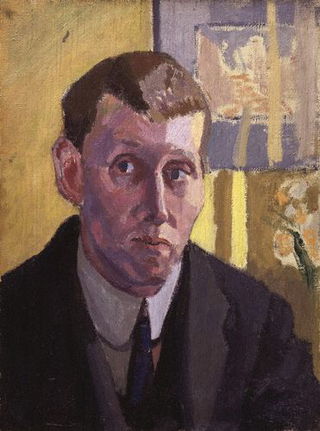
Spencer Frederick Gore was a British painter of landscapes, music-hall scenes and interiors, usually with single figures. He was the first president of the Camden Town Group, and was influenced by the Post-Impressionists.
Robert Melville was an English art critic and journalist. Along with the artists Conroy Maddox and John Melville, he was a key member of the Birmingham Surrealists in the 1930s and 1940s. An early biographer of Picasso, he later become the art correspondent of the New Statesman and the Architectural Review.
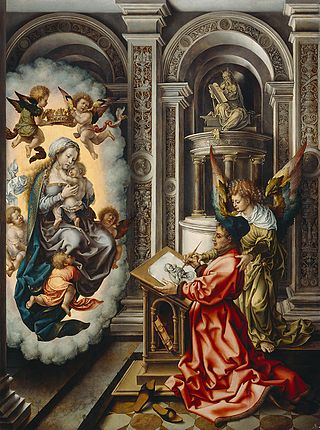
The Guild of Saint Luke was the most common name for a city guild for painters and other artists in early modern Europe, especially in the Low Countries. They were named in honor of the Evangelist Luke, the patron saint of artists, who was identified by John of Damascus as having painted the Virgin's portrait.
Alan Powers is a British teacher, researcher and writer on twentieth-century architecture and design.
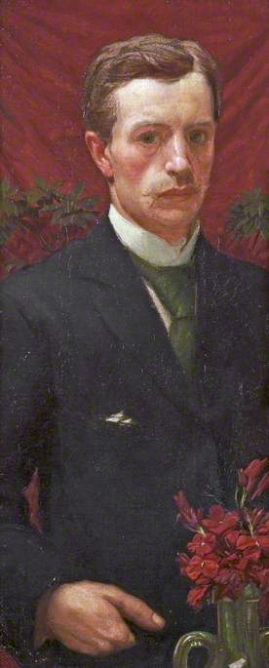
Henry Albert Payne RWS, also known as "Henry Arthur Payne", was a British stained glass artist, watercolourist and painter of frescoes.

Founded in 1854 as the Lambeth School of Art, the City and Guilds of London Art School is a small specialist art college located in central London, England. Originally founded as a government art school, it is now an independent, not-for-profit charity, and is one of the country's longest established art schools. It offers courses ranging from art and design Foundation, through to BA (Hons) undergraduate degrees and MA postgraduate courses in fine art, carving, conservation, and art histories. In addition, it offers the only undergraduate and postgraduate degrees in Britain in stone and wood carving: architectural stone and woodcarving and gilding.
Robin Mason is a British painter born in Porthcawl, South Wales. He is head of BA and MA painting at City and Guilds of London Art School. Between 1977 and 1984 he studied painting at Cardiff College of Art, Wolverhampton Polytechnic and the Royal College of Art. He designed a poster for London Transport in 1991. In 2010 he made a painting installation in an isolated 13th-century church, St. Thomas a Beckett in Kent, based in a decade long study and transcription of the Isenheim Altarpiece by Matthias Grünewald.
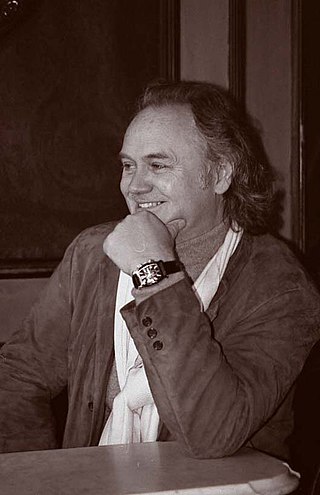
Roy Petley is a British painter.

Walter Max Clendinning was an architect, interior designer and furniture designer.
Catherine Dawson Giles (1878-1955) was a British modernist watercolour painter.
Nick Fudge is a British painter, sculptor, and digital artist.

Thomas Lorraine Hunt was a Canadian-American landscape painter of the 1920s and 30s, known especially for his dramatic use of color. His paintings are considered a transition from impressionism to modernism. His primary subjects were boats and harbors in which the colors and shapes on the canvas took precedence over the exactness of the objects. Hunt was active among the Southern California group of Impressionist plein air painters and a founding member of the Laguna Art Museum.